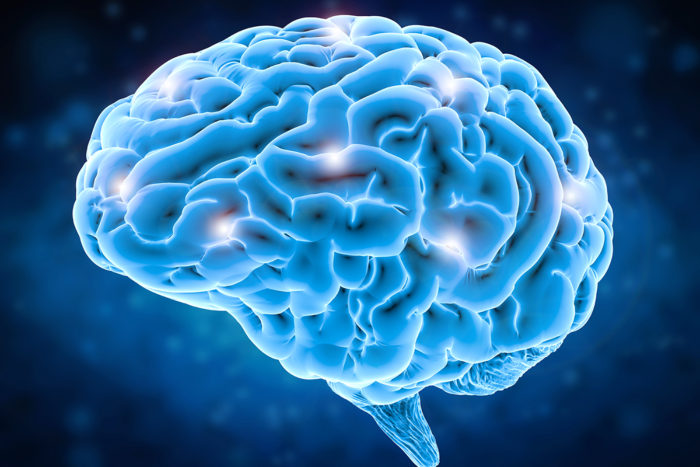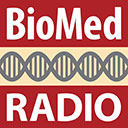Genes linked to Alzheimer’s contribute to damage in different ways
Understanding how specific genes trigger injury could lead to treatments
 Getty images
Getty imagesMultiple genes have been linked to Alzheimer’s disease, but not all genes linked to the disease contribute to damage in the same way. Researchers at Washington University School of Medicine in St. Louis have found that the pathways through which various types of brain cells are damaged by the disease varies, depending on the genes involved.

Multiple genes are implicated in Alzheimer’s disease. Some are linked to early-onset Alzheimer’s, a condition that develops in one’s 30s, 40s and 50s, while others are associated with the more common late-onset form of the disease.
Eventually, all Alzheimer’s patients develop dementia, and their brain cells die. But not all genes linked to the disease contribute to damage in the same way, and understanding the various ways specific genes lead to damage is important to developing potential treatments to prevent or halt Alzheimer’s.
To that end, scientists at Washington University School of Medicine in St. Louis have found that the types of brain cells damaged by the disease vary, depending on the genes involved.
Their findings are published June 8 in the journal Genome Medicine.
“Different genes contribute to Alzheimer’s damage in different ways, and we are working to identify therapeutic targets to prevent that damage,” said senior investigator Carlos Cruchaga, PhD, an associate professor of psychiatry. “Alzheimer’s always leads to neuronal death, but we might identify better targets for therapy if we know how various genes lead to damage.”
The researchers analyzed brain samples from deceased patients with rare and common forms of Alzheimer’s. The tissue banks also included samples from people who did not have the disorder.
As expected, the brains of Alzheimer’s patients generally contained fewer neurons and larger numbers of brain cells called astrocytes. But a closer look showed that the cellular “signatures” in the brains sometimes differed, depending on the genes contributing to the disease.
“Our computer method determined the proportions of each cell type — neurons, astrocytes, oligodendrocytes, microglial cells — and found that specific gene variants were linked to different proportions of these cell types,” said co-investigator Oscar Harari, PhD, an assistant professor of psychiatry.
Using a computerized method, the researchers attempted to differentiate the effects of the genes and identify pathways that might be therapeutic targets.
Harari, Cruchaga and their colleagues analyzed postmortem samples from the Mayo Clinic Brain Bank, the Mount Sinai Brain Bank and from the Knight Alzheimer’s Disease Research Center at Washington University, as well as from deceased participants in the Dominantly Inherited Alzheimer Network (DIAN) Observational Study of people with genetic mutations that led to early-onset Alzheimer’s.
Mutations in the genes APP, PSEN1 and PSEN2 are known to cause inherited Alzheimer’s. Samples from such patients showed lower numbers of neurons and higher numbers of astrocytes than samples from people who had Alzheimer’s but did not carry mutations in any of those genes.
The researchers found similar patterns of more astrocytes and fewer neurons in patients with APOE4, a gene known to increase the risk of late-onset Alzheimer’s. But in carriers of a gene variant called TREM2, neuronal loss was not as pronounced. Instead, the TREM2 mutation damaged glial cells in the brain.
“Many efforts are underway to identify novel Alzheimer’s disease genes,” Cruchaga said. “But once a gene is identified, we need to know what it does in the brain to understand how it can lead to disease. We also need to account for the proportions of various types of cells if we want to know what we should target with therapies.”
Using computerized methods to identify what types of brain cells are present in tissue samples from deceased patients, the researchers found that populations of various brain cell types are different, depending on which genes led to the development of Alzheimer’s.







